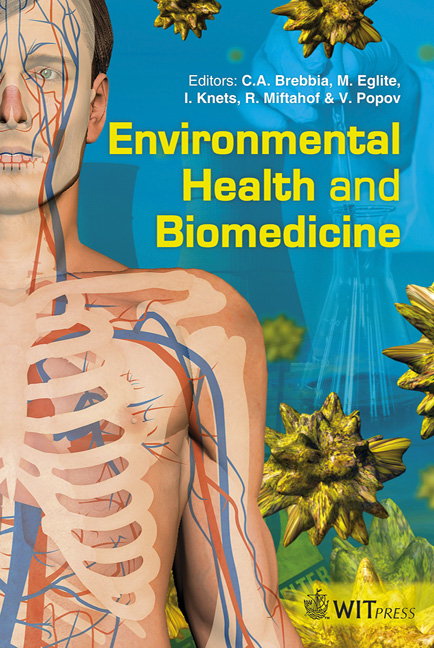Eco-biosociocultural H5N1 Disease Model In Egypt
Price
Free (open access)
Transaction
Volume
15
Pages
12
Page Range
255 - 266
Published
2011
Size
2,996 kb
Paper DOI
10.2495/EHR110231
Copyright
WIT Press
Author(s)
S. L. Wilson & N. Oushy
Abstract
This paper explores environmental and behavioral interactions that facilitate human exposure to the highly pathogenic avian influenza (HPAI) H5N1/A virus (termed bird flu or H5N1 throughout this document) in Egypt. The approach used in this research integrates public health and anthropological methods to assess environmental and behavioral interactions that facilitate human exposure to bird flu. Four key elements of the H5N1 eco-biosociocultural model were identified: (1) the subsidized natural environment; (2) the built environment; (3) the socio-political and economic environment; and, (4) the cultural environment. Analysis of these elements resulted in development of an eco-biosociocultural disease model for H5N1 that addresses health disparities by incorporating the built and subsidized natural environments integrated with associated cultural beliefs, knowledge, and behaviors. Our results suggest that the disparate incidence and mortality pattern of H5N1 in Egypt is likely affected by increased exposure opportunities among women and children resulting from lack of knowledge, traditional daily activities, poultry practices, and child-rearing activities. Despite community based health education efforts, knowledge about poultry diseases and H5N1 transmission are not well understood among Egyptian women. In the absence of a perceived immediate bird flu threat, this research suggests that women tend to maintain traditional behaviors. The H5N1 epidemiologic footprint in Egypt differs from other countries, but the lessons learned provide a basis for health education action that may be transferable to other venues. Keywords: ecology and health, social determinants of health, Bird Flu, Egypt, H5N1, ethnography, built environment, subsidized natural environment, health disparities, eco-biosociocultural, avian influenza.
Keywords
ecology and health, social determinants of health, Bird Flu, Egypt, H5N1, ethnography, built environment, subsidized natural environment, health disparities, eco-biosociocultural, avian influenza





